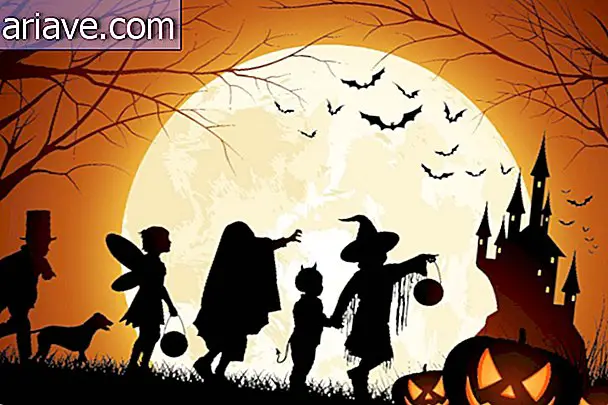Discover scientifically crafted music to make any baby happy
At the request of the C&G Baby Club, Dr. Caspar Addyman teamed with music psychologist Lauren Stewart to create a "scientifically proven song to make babies happy" that could be given to parents. In a publication released by QZ, Addyman reported how this process happened and released the final results of the initiative.
He said the research involved previous knowledge of how babies interact with different songs and the study of earworms, those songs that stick to the ear even though we don't like them. “We found, surprisingly, that there is little research on the musical preferences of babies. This was encouraging as it meant it was a scientifically valid project, ”says the doctor.
The recording of the song was performed by artist Imogen Heap, who had to follow some recommendations. The song would have to be written in a larger tone, incorporating a simple and repetitive melody and pitch enhancements, drum turns, and other elements that could bring anticipation and surprise. Also, the composition would have to be done in a fast time and adopt an energetic female vocal, ideally recorded in the presence of a child.
Heap created four melodies, two fast and two slow, each with a version with and without vocals. Before turning into full songs, they went through the evaluation of 26 babies ages 6 to 12 months whose responses were filmed to detect laughter, smiles and dancing - parental preferences were also taken into account during this stage.
Thoughtful process
After the winning melody was chosen, 2, 500 parents from the C&G club voted to choose "silly sounds" that made their children happy. Finally, the artist incorporated these elements into a song that could please both the little ones and their parents, since happiness is a feeling that is often shared.
“After a final round of tweaking, we tried a different test. If you have ever seen an excited baby, you know that two and a half minutes is a long time to hold the attention of a single child, who will say two dozen. When 'Happy Song' played, we came across a sea of concentrated faces. This final part wasn't very scientific, but it definitely convinced me that we had a success at hand, ”says Addyman.
The finished song should be used in a variety of research involving babies, including studying how they are introduced to the music world. "We hope we can also investigate further the physiological responses to happy songs, " concludes the researcher.











